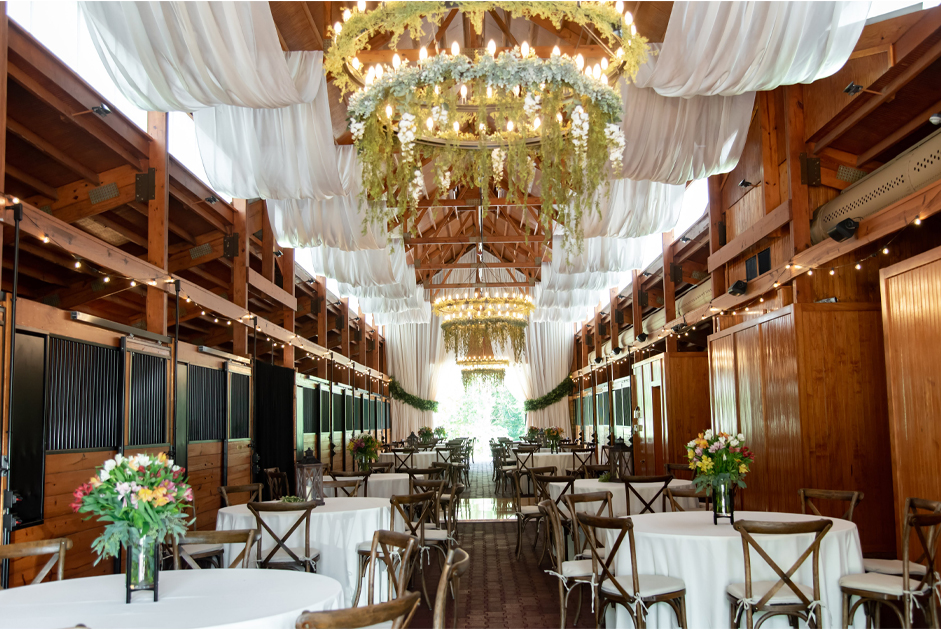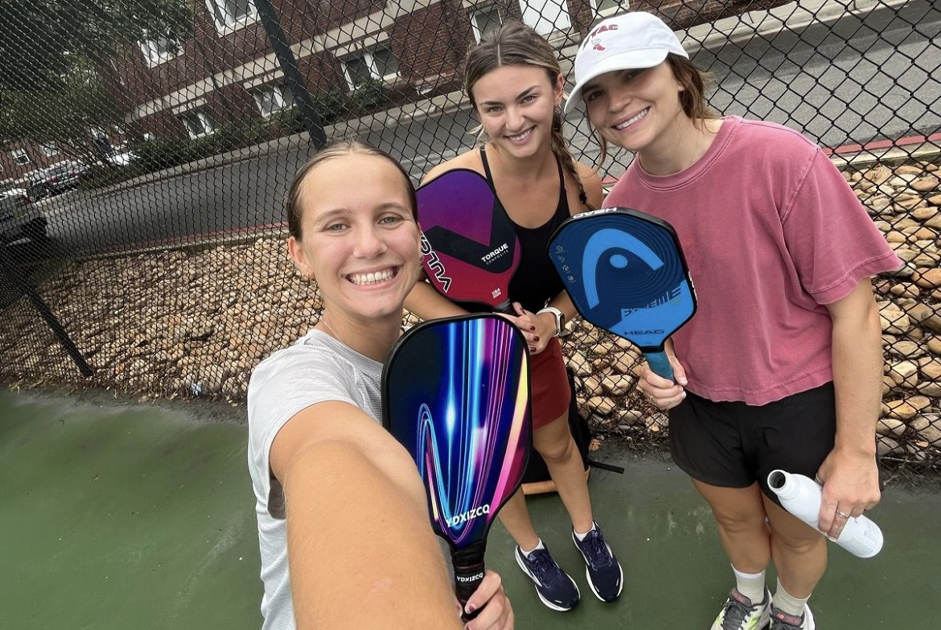From a watch to a cell-phone; a clock tower to church bells chiming, we take for granted the frequent sources to access the precise minute in time. Long ago, the people of ancient times used nature as a tool of measurement. A mountain or a lone tree offered the study of moving shadows to indicate midday or the waning hours of daylight. Patterns aided the first people to read the heavens, the trees, the rains, the mating habits of animals and birds, as well as the drastic changes in daylight. All the initial signs became prominent in the quest to understand time.
The Sundial
The Ancient Egyptians, in 3500 B.C. created obelisks to recognize two parts of the day – morning and afternoon. Timekeepers in 1500 B.C. Egypt constructed the first device to utilize the sun’s shadow to track the concept of hours.
The Equation of Time
As the sun moves across the sky, changing shadows in direction and length at different times of the day, an Indian astronomer in 1100 B.C. founded the idea that Earth travels in an elliptic orbit at a tilt of 26 degrees. The equation of time led to a correction in “sundial time” and future “equation clocks.”
The Candle Clock
Based on the writings of a Chinese poet named You Jiangsu in 520 A.D., the passage of a specific period can be done using his candle clock. It measured 12 inches tall and divided into 12 sections of one-inch lines. Each mark represented 20 minutes; therefore, the candle would remain alit for a total of four hours.
Sand-glass
In the 8th Century, a French monk designed a new timekeeper comprised of two pieces of glass connected vertically by a narrow neck. Mathematics weighed heavily on the calibration in developing what became the hourglass. The factors were:
- The size and angle of the glass bulbs.
- The ratio of the width of the neck to have a consistent rate of flow.
- The quality of the granular material.
- A tight seal to prevent moisture from adding weight to the sand.
- A flat surface!
In the Age of Discovery, European ships kept hourglasses on ocean voyages. Due to the bobbing waves, the movement did not affect its accuracy.
A Mechanical Candle Clock
By the year 1206 A.D., an Arab by the name of Al-Jazari known for his interest in mechanical engineering, inventing and tinkering created a sophisticated candle clock. From the heat of the candle, the counter-weights recognized the change and forced the pulleys to shift. The outcome was the operation of a mechanical device to display the correct time.
Mechanical Clocks
Drawings of weight-driven clocks first appeared in 1275 A.D. Seventy-five years later, clock towers appeared in several cities. Documentation suggests the clocks had a fundamental problem, which prevented its operation; the driving force of the weights and friction hindered movement during the time needed for oscillation.
Pendulum
Fascinated by the movement of a swinging lamp in the Cathedral of Pisa, Galileo conducts a test using his pulse rate. In journal entries, pictures accompany his thoughts to construct a clock. Despite not surviving to start construction, a Dutch mathematician, 80 years later, in 1656, invented a clock controlled solely by the motion of a pendulum. Christiaan Huygens’ timepiece had an error initially of one minute per day before refining it to less than 10 seconds.
The Light Clock
In the 1930s, Albert Einstein proposed a theory of relativity by linking the force of gravity to the curvature of space and time. In using the premise of a pendulum clock, he intended to cause mechanical stress on an electric field by using a quartz crystal. Through vibrations, the outcome was an electrical circuit. Einstein was the first to develop an electronic clock display. How many timekeepers do you possess? A sundial may be in your garden. Does an hourglass rest on the kitchen counter? And, throughout the home, can you hear the soft swings of a pendulum accompanied by chimes on the hour. The keepers of time designed extraordinary timepieces that are still relevant in the 21st Century.


















